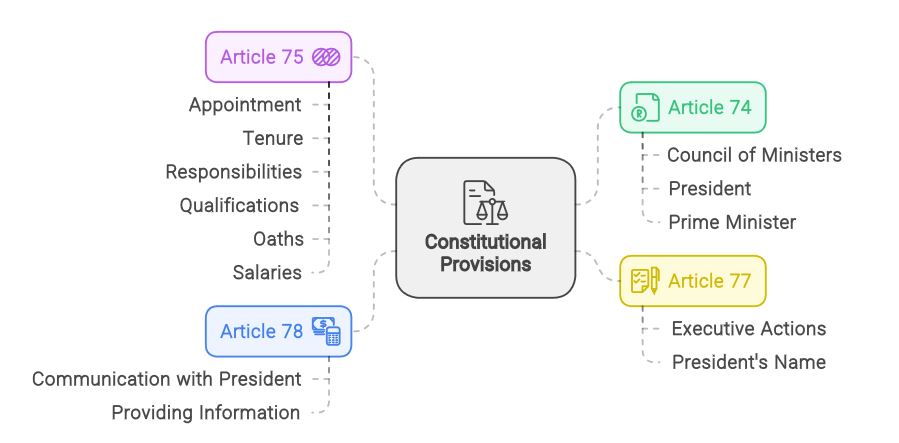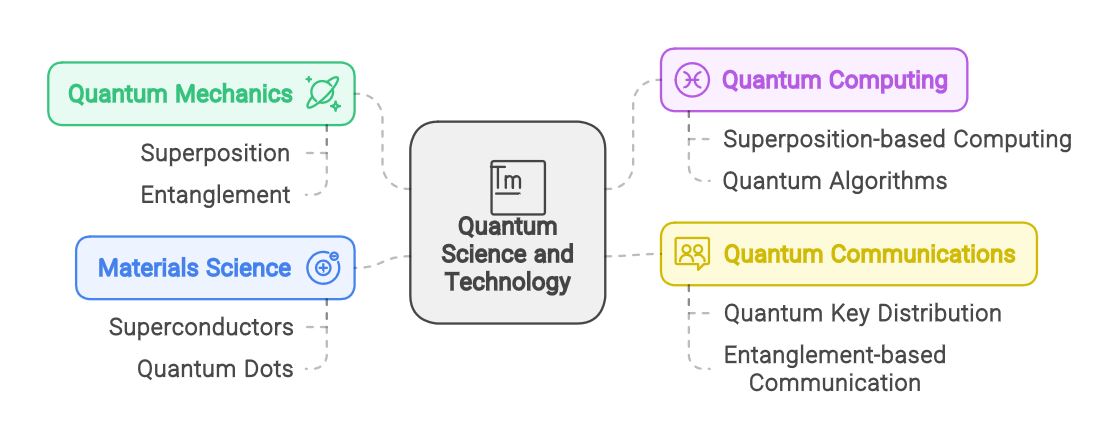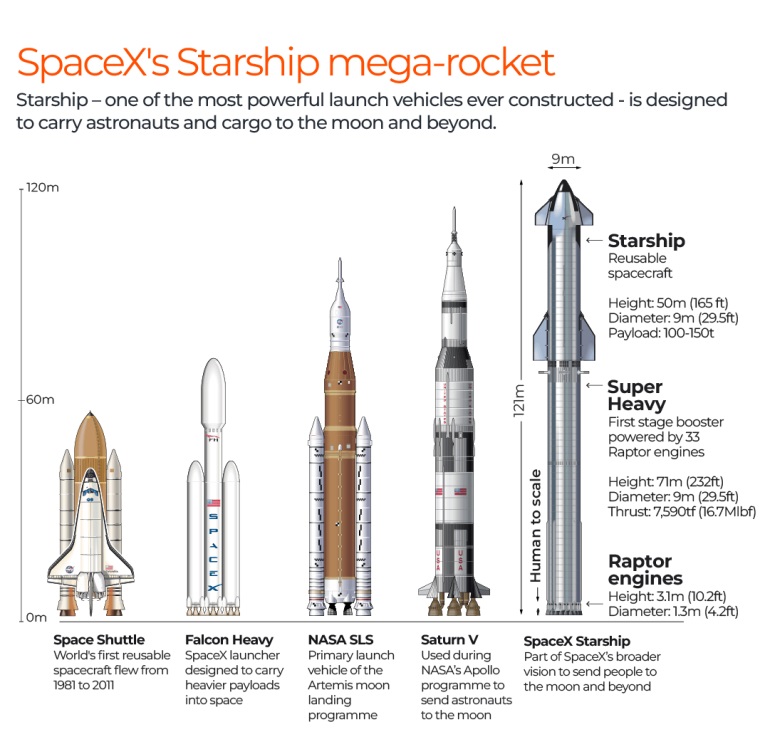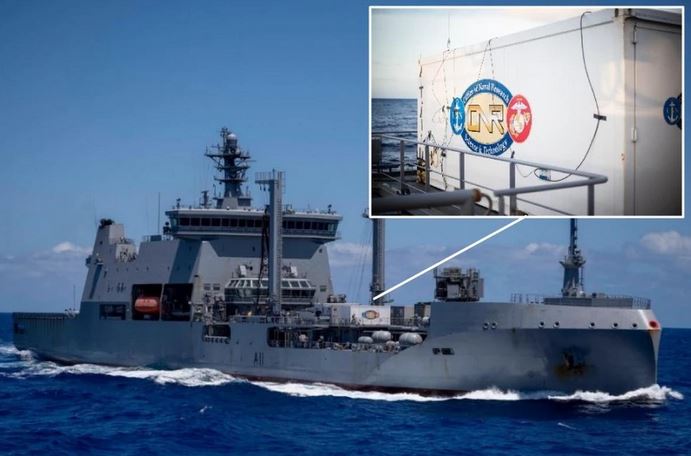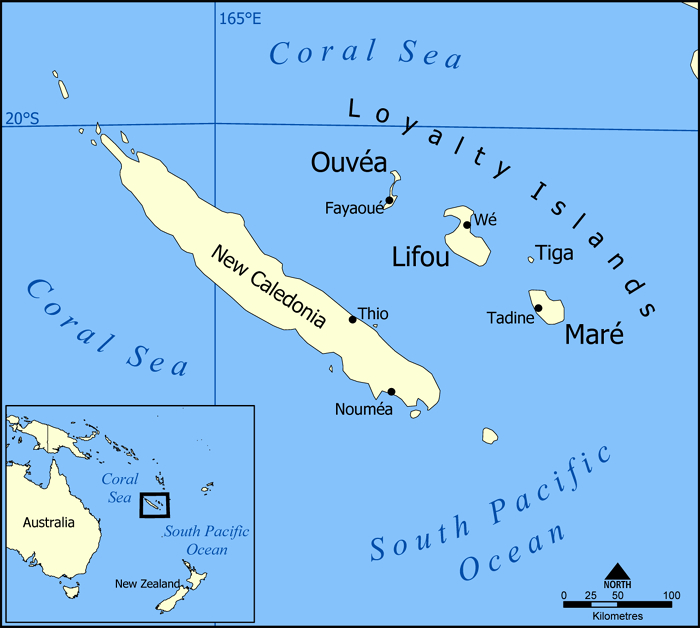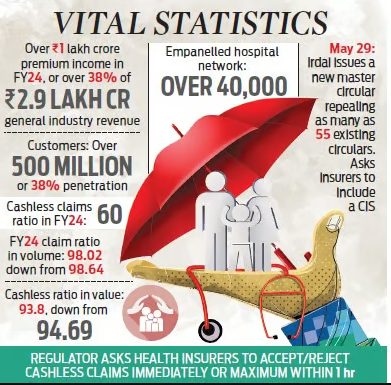Why in the news?
Persistent exclusion results in some disciplines becoming a last resort for many students with social sciences increasingly becoming a significant reservoir of the excluded in India.
Causes of Exclusion in Higher Education:
- Excessive Competition: Premier institutions have stringent filtering mechanisms due to high demand, which results in significant exclusion of students.
- Financial Factors: Private institutions often have high fees not regulated by statutory norms, and public institutions, facing reduced government funding, also increase fees, making education inaccessible for many.
- Subject and Course Availability: There is a regional disparity in the availability of courses. Certain regions offer generic courses with outdated syllabi, limiting students’ choices and leading to exclusion.
Surge of Empirical Orientation:
- Employability Perception: Courses with empirical and practical applications, like economics, are perceived to offer better employment opportunities compared to more theoretical courses like anthropology or sociology.
- Policy Intervention Skills: There is a growing expectation for social science students to develop problem-solving skills similar to those of engineering students, which narrows the focus within social sciences.
- Private Universities: The emergence of private universities catering to the affluent has led to a demand for courses that are less popular in public institutions, creating a dichotomy in course preference and quality.
Improving Quality of Higher Education:
- Expand Quantity and Improve Quality: Increase the number of seats to accommodate excluded students and ensure concerted efforts towards enhancing the quality of education like entry based on competitive exams.
- Enhance Teaching Quality: Prioritize the improvement of teaching methods and the content of courses to make education more relevant and effective for example reviewing and taking feedback on learning experiences from students.
- Address Financial Exclusion: Implement measures to reduce financial barriers and prevent the widening of educational inequalities, ensuring that quality education is accessible to a broader demographic. For example, the Government can provide loans or scholarships.
- Update Course Content: Regularly revise and update the syllabi to keep pace with societal changes and technological advancements, such as generative artificial intelligence.
- Focus on Inclusivity: Ensure that policies and interventions in higher education focus on inclusivity, addressing the needs of diverse student populations and reducing regional disparities in course offerings.
Steps taken by Government
- All India Council for Technical Education (AICTE) Initiatives: The AICTE has undertaken various initiatives to enhance the quality of technical education, such as the establishment of Deen Dayal Upadhyay KAUSHAL Kendras and the introduction of B.Voc degree programs.
- University Grants Commission (UGC) Regulations: The UGC has notified regulations to improve the quality of higher education, including those related to recognition, accreditation, minimum qualifications for teachers, curbing ragging, and grievance redressal.
- Scholarship and Fellowship Schemes: The UGC has launched various scholarship and fellowship schemes, such as the PG Doctoral Fellowship for SC/ST students, to promote inclusion and equity in higher education.
Conclusion: Efforts to enhance higher education, including expanding access, improving quality, and addressing financial barriers, are crucial for fostering inclusivity and equipping students for India’s future.
Mains PYQ:
Q The quality of higher education in India requires major improvement to make it internationally competitive. Do you think that the entry of foreign educational institutions would help improve the quality of technical and higher education in the country Discuss. (UPSC IAS/2015)

